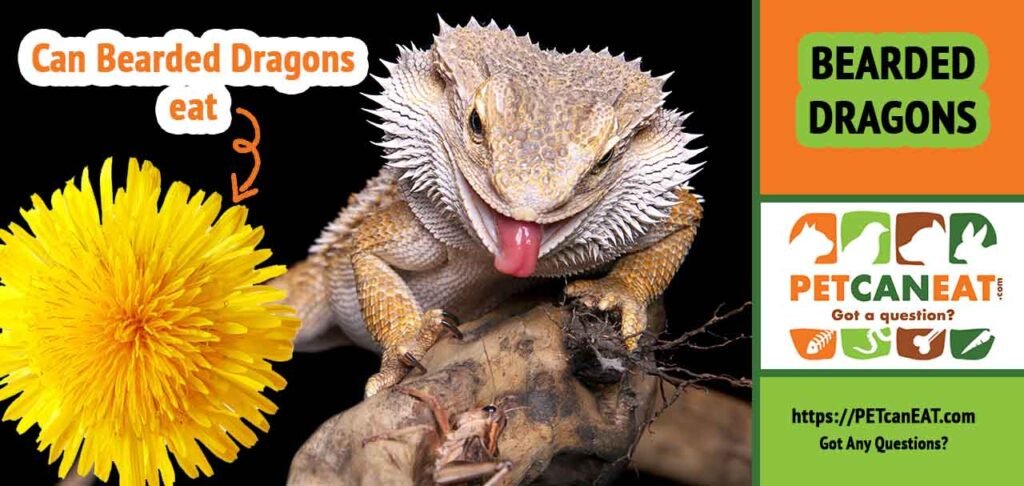Chinchillas can be great pets; however, they do have particular housing and dietary needs. They can live from between 12 to 20 years – that’s a huge commitment! Before buying a chinchilla, you need to ensure you have the time, space, and money to ensure your chinchilla has a happy, healthy life.
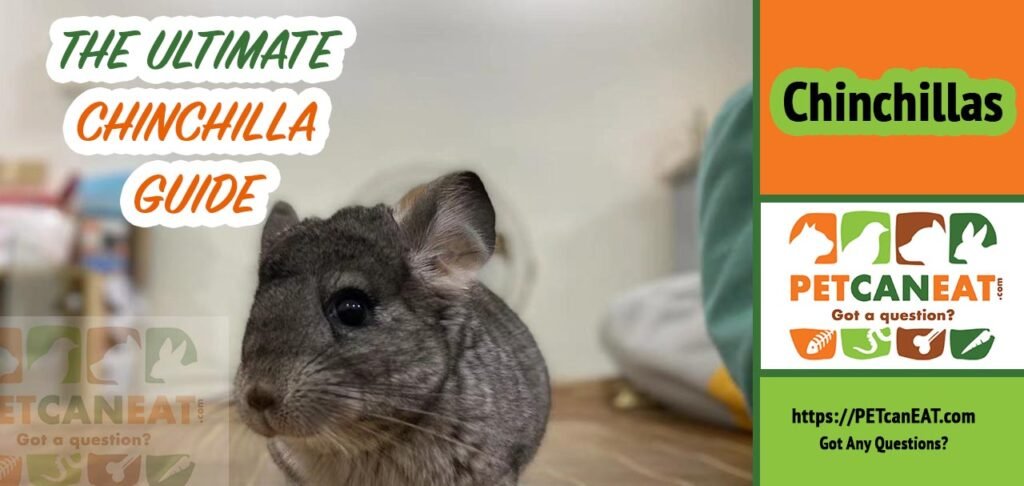
If you are looking at getting a chinchilla as a first pet for your children, consider if it’s the right pet for your situation.
Make sure you think about everything before you commit to chinchilla ownership.
About the chinchilla
Chinchillas are popular pets that originate from the Andes mountains in South America. Domesticated chinchillas have been known to live for up to 20 years.
A chinchilla’s appearance is larger and more robust than a squirrel, with big eyes, large ears, and a plume-like tail.
As chinchillas are natural prey animals, they have the ability to lose fur if their attacker grabs them, so they can run away and leave the predator with only a clump of hair in his mouth!
Chinchillas are available in a variety of colors, such as
- white,
- black,
- beige,
- ebony,
- violet
- sapphire,
- and, of course, blends of all of these.
Chinchillas are good at jumping and are very active animals, requiring plenty of exercise and opportunities to jump and climb. They are social animals and would naturally live in a large group of other chinchillas.
Chinchillas can breed without season, that is, at any time of the year, and pregnancy takes around 111 days or about three months and two weeks, meaning baby chinchillas are born fully furred and with their eyes open.
Chinchillas are best kept within same-sex pairings or groups to avoid breeding.
Chinchillas have teeth that continuously grow, so they will always need something to chew to wear them down.
Chinchilla fur is known for being incredibly soft, as they grow 60 hairs from each follicle — and sadly, they have been bred and farmed for their soft, dense fur.
Their fur is also very thick, and in the wild, this helps keep away parasites — meaning a chinchilla is hypo-allergenic!
Before buying a chinchilla
Things to consider before buying a chinchilla:
Chinchillas require space to run and play.
Chinchillas are very active animals, so as well as have plenty of space in their enclosure. In addition, they ideally need some time outside of their cage in a safe environment to get some exercise.
If you let your chinchilla out of his cage, do remember that he needs to be supervised at all times, and the room needs to be safety checked (any wires hidden away, etc.).
Chinchillas may chew on things such as skating boards and other objects within their reach, so it is ideal for a room where they can cause as minor damage as possible.
Chinchillas are very fragile.
Chinchillas have very fragile bones that can easily break if not handled correctly.
Young children run the risk of squeezing too tightly and causing damage, so it isn’t advised that you choose a chinchilla as a pet for a small child.
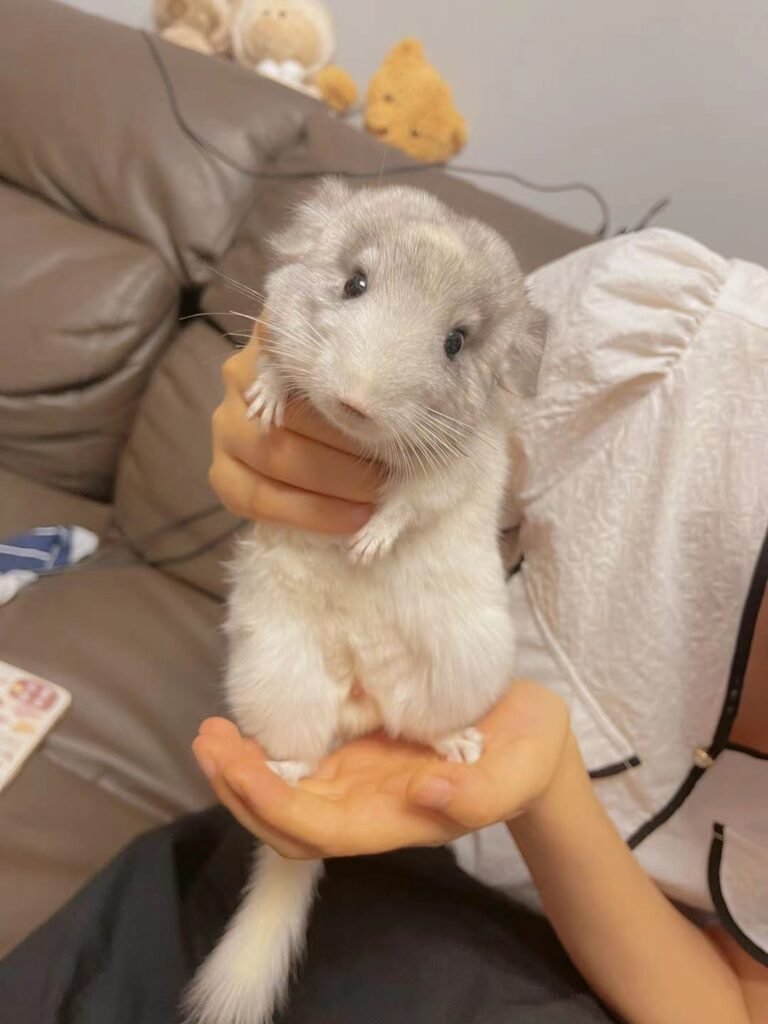
Chinchillas like to have company.
Chinchillas live in social groups in the wild, , so they love company and will be much happier if they are housed with another chinchilla. Same-sex pairing is ideal as this will reduce the risk of fighting and breeding. If you house a chinchilla alone, he is more likely to become stressed and lonely and won’t do too well.
A chinchilla’s cage needs cleaning daily.
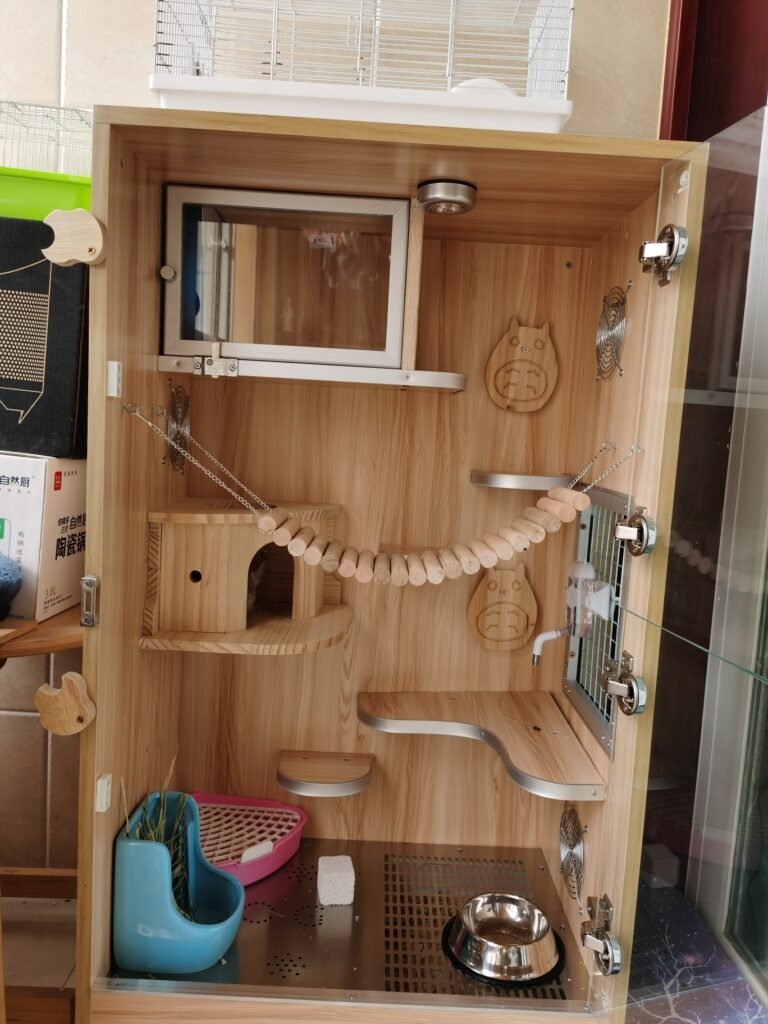
You’ll need to put aside some time to give your chinchilla’s cage a quick clean each day, removing any wet or dirty bedding and uneaten food and changing their drinking water.
The food and water containers will also need to be cleaned each day to avoid the build-up of germs.
Once a week, you will need to give the whole cage a more thorough cleaning and disinfecting (using a pet-friendly disinfectant) to keep it hygienic.
You need to remove all used bedding and replace them with fresh new bedding.
Chinchillas do not like hot temperatures.
Chinchillas cannot sweat, so any temperatures that exceed 25°C will cause him to overheat.
Some notable points to remember:
- If temperatures were to exceed 30°C, your chinchilla could die.
- Always check the ears, as any red coloring can signify that your chinchilla is too hot.
- Keep your chinchilla’s enclosure out of direct sunlight.
- Keep the enclosure away from cold draughts.
- Ensure the cage is in a quiet area.
Chinchillas are nocturnal
Chinchillas are more active during the night, so they are most likely to sleep while you are out during the day and be more active and noisy during the night.
This is another reason why they may not be suitable pets for young children, as they won’t be much fun during the daylight hours.
Housing your chinchilla
Choosing the right enclosure
Size does, in fact, matter when it comes to housing your chinchilla, the bigger the enclosure, the better!
Chinchillas love having plenty of space to move and jump around, so having a cage that is tall and wide with a few different levels for your chinchilla to rest and run around on would be perfect.
They are a prey species and will need some hiding spaces to escape to if they feel threatened.
Allowing your chinchilla time out of his cage is also advised, although you will need to make sure the room is safe for them. Don’t let them out if they can reach any electrical wires or other household items you don’t want to be chewed or cause harm to them.
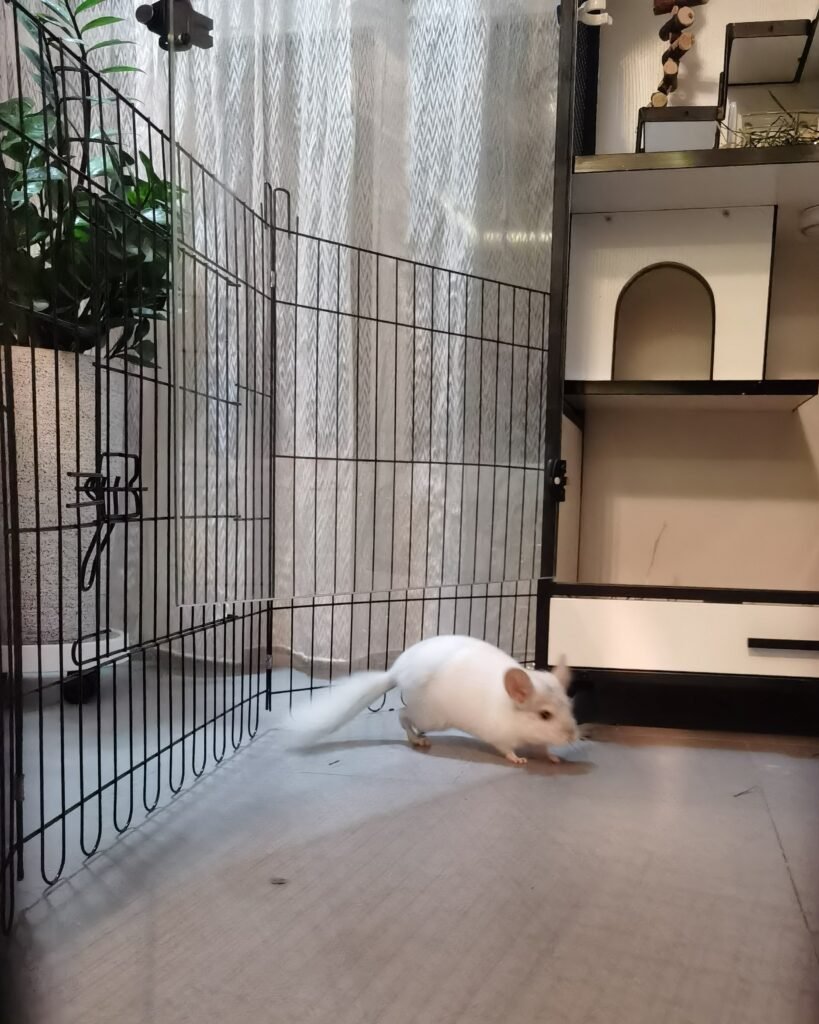
Whatever type of cage you choose, you must make sure your chinchilla has solid floored areas to stand on rather than mesh, as this will damage his feet, and he could get stuck. If he has a mesh base in his cage, there should be a solid base just below this that you can cover with bedding to catch his droppings.
Always check that any metal caging is free from any toxic coatings, as your chinchilla will try to chew it, and you wouldn’t want him chewing something that could cause him harm.
Plastic coated wire cages are not advised because, again, your chinchilla will chew this. All gaps in the wire mesh should not be bigger than 15mm x 15mm to prevent your chinchilla’s legs and feet from getting trapped and injured. The cage should be secure so that your chinchilla cannot escape.
Where should I put my chinchilla’s cage?
As mentioned earlier, the cage needs to be located in an area indoors that is out of direct sunlight, free from cold draughts, and away from noise — chinchillas like their peace and can be frightened easily. This should also keep them separate from other household pets such as cats and dogs, who may try to attack your chinchilla if they have access to him.
The room your chinchilla is kept in should also be regulated at a temperature between 18-25°C so that they can live comfortably and not overheat. Any temperatures above this can harm a chinchilla because it cannot sweat. Keep your chinchilla away from radiators and heaters.
Nesting boxes and toys
Make sure you provide a nest box for each of your chinchillas, with one big enough to fit them all in if they wish to nest together.
Fill these with plenty of hay or straw to keep them warm and feed on.
Soft paper such as kitchen roll can be used, but avoid newspapers to avoid poisoning from ingesting the ink.
They will need toys and chews to keep them occupied.
Some items to provide for your chinchilla’s cage enrichment may include:
- running wheels (with a solid surface),
- cardboard rolls
- boxes that they can chew on and hide in
- wooden ramps,
- ladders,
- rocks,
- branches are also good for your chinchilla to move about and sit on.
- Anything wooden will also need to be free from toxins.

Safe woods include the following
- mulberry,
- apple,
- hazelnut,
- willow,
- pear.
poisonous woods you should avoid are
- citrus,
- cherry,
- plum,
- walnut,
- cedar
- pine.
Anything wooden or cardboard will also need replacing after some time, as they will chew them. You will notice that your chinchilla will try to chew just about anything! Wash any branches before you put them in the chinchilla’s cage.
Chinchilla dust bath

Your chinchilla will want to keep himself clean by having a dust bath! So make sure you give him access to one regularly — this will need to be a deep bowl/container with a layer of dust at the bottom.
He will climb into it and roll around, flip and play in the dust until he feels clean!
Remove the dust bath once he has finished.
Cleaning your chinchilla’s cage
You will need to do a basic clean-up of your chinchilla’s cage each day, as there will be droppings and uneaten food that will need to be removed and fresh supplies replaced.
Give the bottom of the cage a clean, replace any dirty bedding, clean out the food containers and sterilize the water bottle to prevent algae build-up.
Once a week, you will need to do a thorough clean, using pet-friendly cleaning agents to disinfect. Wipe over all surfaces, toys, boxes, food, and water containers and replace all bedding with fresh, clean materials. Allow the cage to dry out before you put your chinchilla back in.
Dust baths
Chinchillas require dust baths several times a week, which helps absorb oil and dirt from their body.
You cannot bathe them with water because the dense fur does not dry properly and can cause fungus growth or fur rot.
Chinchillas can make various vocal sounds, so don’t be surprised to hear him making different noises now and again. The noises can range from a high-pitched alarm-like shriek to gentle chirps, so it all depends on how your chinchilla is feeling!
What can Chinchillas eat?
What can chinchillas eat? Which foods are safe for your chinchilla?
Keep your chinchilla supplied with fresh food and water. Food bowls aren’t the most practical as they can get knocked over and risk being covered in droppings, so it’s best to use a raised feeder.
Water should be provided at all times in a bottle with a metal spout — attach this to the outside of the cage with the spout positioned through the mesh so they can access it.
The bottle being on the outside of the cage prevents your chinchilla from trying to chew it.
You can add vitamin supplements to their water to keep their vitamin levels up and help maintain good health.
Your chinchilla will need a constant supply of grass and hay, essential for maintaining a healthy digestive system and healthy teeth. You can also give your chinchilla other foods and treats, but keep these to a minimum, allowing just a teaspoon per chinchilla per day.
Some vegetables chinchillas can eat include
- carrots,
- potatoes,
- sweet potatoes,
- squash
- celery,
However, introduce these slowly to their diet to avoid upsetting their digestive system.
Some vegetables to avoid include broccoli, cabbage, lettuce, peas, spinach, and asparagus.
Fruits are usually pretty high in sugars, so if you feed your chinchilla some fruit, it has to be in very small quantities. Always chop the food up into small edible pieces for your chinchilla.
It can be easy to overfeed your chinchilla, too, so try your hardest to keep their portions to a minimum.
You can feed your chinchilla commercial treats from time to time, available from most pet shops.
Pellets designed for chinchillas will be full of nutrients, so it’s good to feed them a small amount each day to get all the essentials they need to keep fit and healthy.
Again, try to avoid sugary foods, nuts, and seeds, and when you have suitable treats, place them in different areas of the cage so that your chinchilla has some fun trying to find the tasty treats.
Chinchillas eat their droppings.
If you see your chinchilla eating his droppings, fear not; this is completely normal. Because a chinchilla’s main diet is plant-based — plants are harder to digest — their bodies have adapted, and they will eat their droppings after it has passed through their system for the first time.
They can then absorb all the good nutrients the second time around and digest the food properly.
Caring for your chinchilla
What do I need to buy for my chinchilla?
It’s essential to make sure you have everything you need before you bring your chinchilla home. You’ll need to have all the necessary supplies ready before he arrives, such as:
- A suitably-sized enclosure in a quiet location, out of direct sunlight and draughts
- A safe room for when he’s out of his cage for exercise
- Feeders
- Water bottles
- Hay
- Grass-based chinchilla pellets
- A few treats (carrots, leafy greens, dried fruits, grains)
- Chew toys
- Chinchilla gnawing blocks
- Hide box
- Rocks and branches
- Exercise wheel
- Bedding (clean, dry hay, straw, or shredded paper)
- Dust bath
- Pet-friendly cleaning products.
Settling your chinchilla
When you have brought your chinchilla home, place him in his enclosure and allow him to adjust to his new surroundings for a few days before you try to handle him. He’ll be very timid and will need the chance to explore and get used to his new home.
Let your chinchilla become familiar with your voice, and crouch down and quietly talk to him, so he becomes comfortable with your presence.
After a few days, you can start to increase your interaction with him.
Handling your chinchilla
An important thing to remember is that chinchillas are very fragile.
You must be very careful when handling them, as any rough handling or being held too tightly can cause severe damage, so they are best to be kept away from young children.
Your chinchilla will be timid to start with so let him get used to your hand, maybe offering him a treat, until eventually he’ll come towards your hand happily and gets used to your smell.
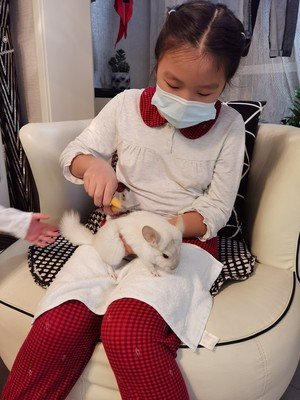
When the time comes where you feel you want to pick your chinchilla up, place one hand underneath his bottom and very gently lift him, always supporting his feet, and hold him close to you.
Never grab around the ribs as these are his most fragile bones, and be careful not to squeeze.
If your chinchilla doesn’t want to be picked up, leave him alone and don’t chase him around his enclosure as this will frighten him more.
Chinchillas aren’t the cuddliest of pets, and they don’t require constant handling to be healthy and happy, but it’s best to get them used to handling so both you and the vet can carry out regular health checks easily. Never try to grab your chinchilla by its tails as you risk damaging it or even breaking it.
Grooming your chinchilla
Chinchillas tend to groom themselves very well. All you need to do is provide them with a dust bath five to six times a week, and they will naturally roll around in it.
Never give your chinchilla a water bath, as their fur is too thick and won’t dry properly.
Chinchillas use dust to bathe in because the dust removes any oil and dirt from their fur. You will be able to get suitable bathing dust/sand from your local pet shop.
You will need to keep an eye on your chinchilla’s teeth as they will grow continuously throughout his life, but giving him plenty of chew toys and chinchilla chew blocks should help keep his teeth trim.
You may also want to do regular checks of your chinchilla’s claws — providing he has plenty of exercises, they shouldn’t become overgrown and will require clipping.
Children and chinchillas
Chinchillas are not suitable pets for young children because they are nocturnal and require careful handling.
They are more suitable for older children, teenagers, and adults, who will better understand looking after them and handling them with care.
When you do allow a child to hold a chinchilla, make sure they are sitting down, and the chinchilla can rest on their lap — always supervise children at this time. Just remember,
if you get a chinchilla for your teenager, who will look after it when they aren’t around anymore?
Do chinchillas need companions?
Yes, chinchillas are social animals, and in the wild, they would live in a group. They will be much happier if they have a companion, preferably of the same sex, so they don’t fight or breed.
You will need to make sure there is enough room for more than one chinchilla in your enclosure and provide them both with their hide box.
Both chinchillas will preferably need to be purchased when they are babies and introduced to each other while still very young.
If you choose to have a chinchilla on your own, you must give him lots of attention, play, and exercise.
A chinchilla left on his own for long periods without proper exercise is likely to become stressed, bored and ill and would probably die.
Is your chinchilla healthy?
If you provide your chinchilla with a good home, plenty of exercise time, and the correct diet, he should live a healthy, happy life.
Feeding your chinchilla with the incorrect food can result in dental or gut disease.
Check that your chinchilla is eating every day and passing dry droppings regularly. If the amount that he eats or drinks changes from his usual pattern, or his droppings become less frequent, this could be a sign of a health problem.
Some notable information about chinchillas health
- A stressed chinchilla is more likely to become ill, so ensuring that he lives in a calm, quiet environment will mean he feels safe.
- If any fur falls off your chinchilla when you handle him, this could be a sign that he is stressed.
- If your chinchilla is in pain, his behavior may change, and he may start to hide, be reluctant to move, or become more aggressive if you try to touch him.
- Always do a general daily health check, looking at your chinchilla’s eyes, feet, mouth, and fur.
- Check for any wetness around his eyes and nose; look at his mouth and teeth.
- Check for soreness on his feet and any loss of fur.
- If you do spot anything unusual, then consult your vet immediately. Be careful when handling your chinchilla as they are very fragile, and any tight or rough handling could hurt them.
- Provide your chinchilla with plenty of chew toys and a gnawing block so that he can chew away and keep his teeth trim — you do not want his teeth to become overgrown as this is very painful and can affect his eating.
Before buying your chinchilla, make sure you know how they have been bred, what they’ve been fed on, and how they’ve been cared for. Check for any current health problems and consult a vet if you are unsure what to look for before you buy.
Signs of an unhealthy chinchilla:
- Loss of appetite
- Limping
- Overgrown teeth
- Wetness around the eyes and nose
- Swellings on the skin
- Lack of energy
- Drinking more or less than usual
- Reluctance to move
- Significant weight change
- Skin conditions/loss of fur
- Diarrhea
Get in touch with a reptile-friendly vet immediately if you notice any changes to your chinchilla’s health.





